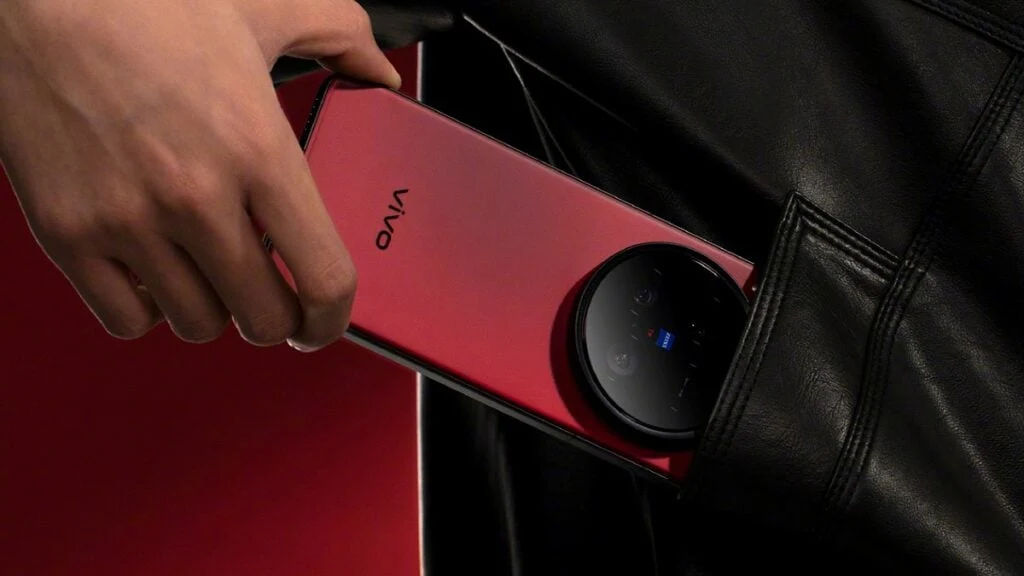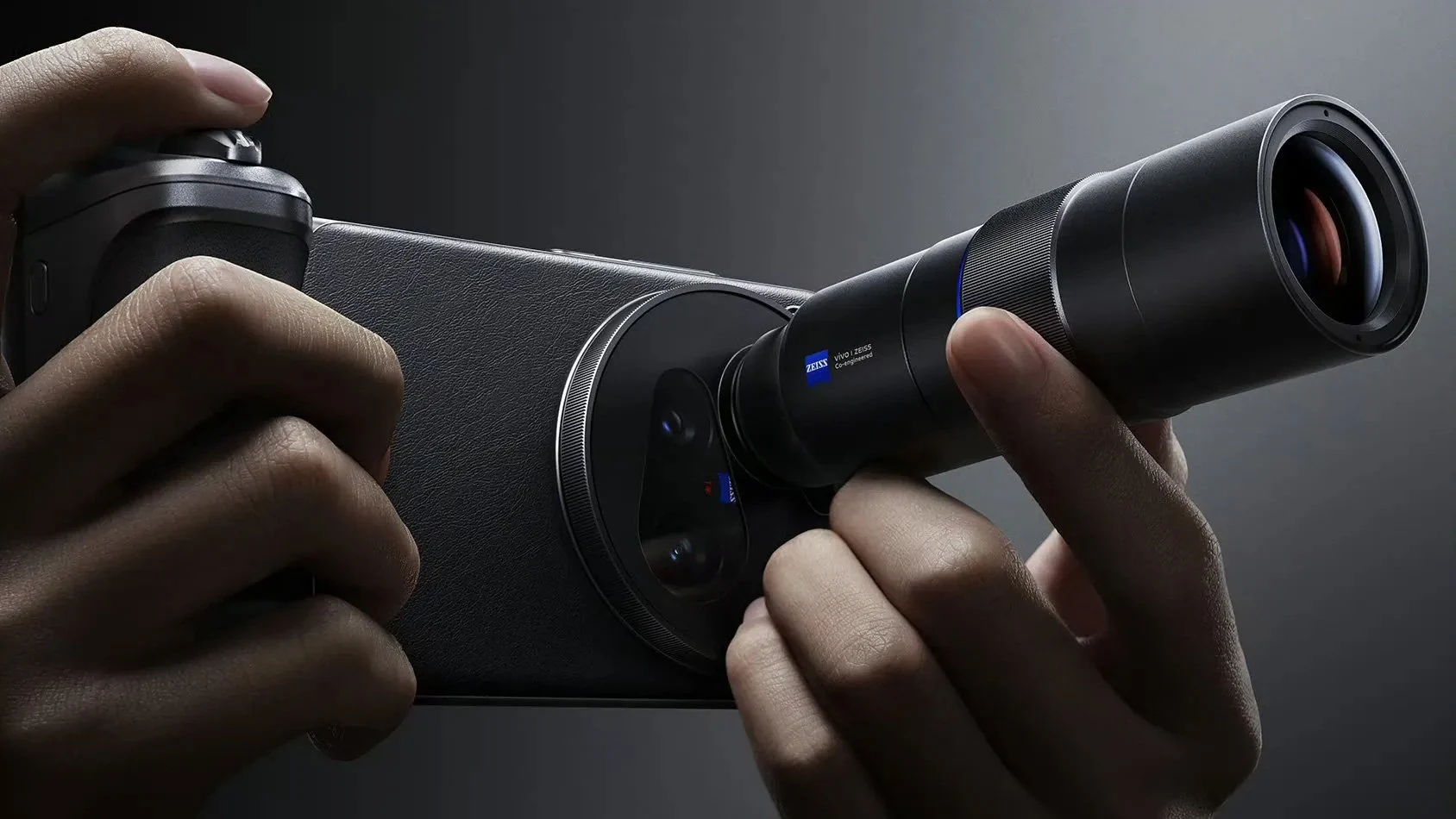Key Takeaways
1. The Vivo V50 Elite Edition will launch in India on May 15, 2025, enhancing the existing V50 series.
2. It features Zeiss-co-engineered cameras and improved audio quality, focusing on portrait photography and immersive sound.
3. The design will likely include a circular camera layout and a premium finish, while retaining original V50 specifications.
4. The expected price for the V50 Elite Edition is around ₹40,000, targeting the mid-premium market, competing with devices like the iQOO Neo 10 and Realme GT 7.
5. The official launch will clarify if the Elite Edition offers significant upgrades or serves primarily as a stylish version of the V50.
Vivo is set to broaden its V50 series with the introduction of the V50 Elite Edition, which is scheduled to launch in India on May 15, 2025. This premium model, featuring Zeiss-co-engineered cameras and promising superior audio quality, will join the existing V50 and V50e, aiming to enhance portrait photography and deliver a more immersive sound experience.
Teaser Video and Launch Announcement
According to a post by Vivo India on X, the V50 Elite Edition will be unveiled at 12 PM IST on May 15. A teaser video highlights a circular camera design with the phrase “co-engineered with Zeiss,” indicating a strong emphasis on advanced photography. The catchy taglines “portraits that captivate” and “sound that surrounds” hint at improvements in camera and audio capabilities compared to the regular V50, which was released in February 2025.
Specifications Reminder
To recap, the original V50 features a 6.77-inch FHD+ quad-curved AMOLED display, boasting a 120Hz refresh rate and a peak brightness of 4,500 nits. It runs on the Snapdragon 7 Gen 3 SoC and comes with options of 8/12GB RAM and 128/256/512GB storage. The camera setup includes a 50MP main camera with optical image stabilization (OIS), a 50MP ultrawide lens with macro capabilities, and a 50MP front-facing camera. Additionally, it packs a 6,000mAh battery with 90W fast charging. The Elite Edition is anticipated to keep these specifications but may introduce a more premium design, perhaps with a new finish or a distinctive “Elite Edition” engraving.
Pricing and Competition
The starting price for the V50 is set at ₹34,999, while the Elite Edition is expected to be priced around ₹40,000, targeting the mid-premium market segment. With IP68/IP69 ratings and running Funtouch OS 15 based on Android 15, this phone aims to compete with devices like the iQOO Neo 10 (India), which is particularly aimed at users who value design and camera quality over sheer performance. Recent teasers suggest that the Neo 10 (India) will launch at a price “under INR 35K” and is touted as the “first 144fps gaming smartphone” in its segment.
The V50 Elite Edition may also serve as a competitor to the Realme GT 7, another premium mid-range smartphone, which is set to launch globally on May 27.
Will the Zeiss optics and audio improvements of the vivo V50 Elite Edition make it a standout option, or is it simply a stylish update to the V50? The official launch on May 15 will provide all the answers.
Source:
Link







